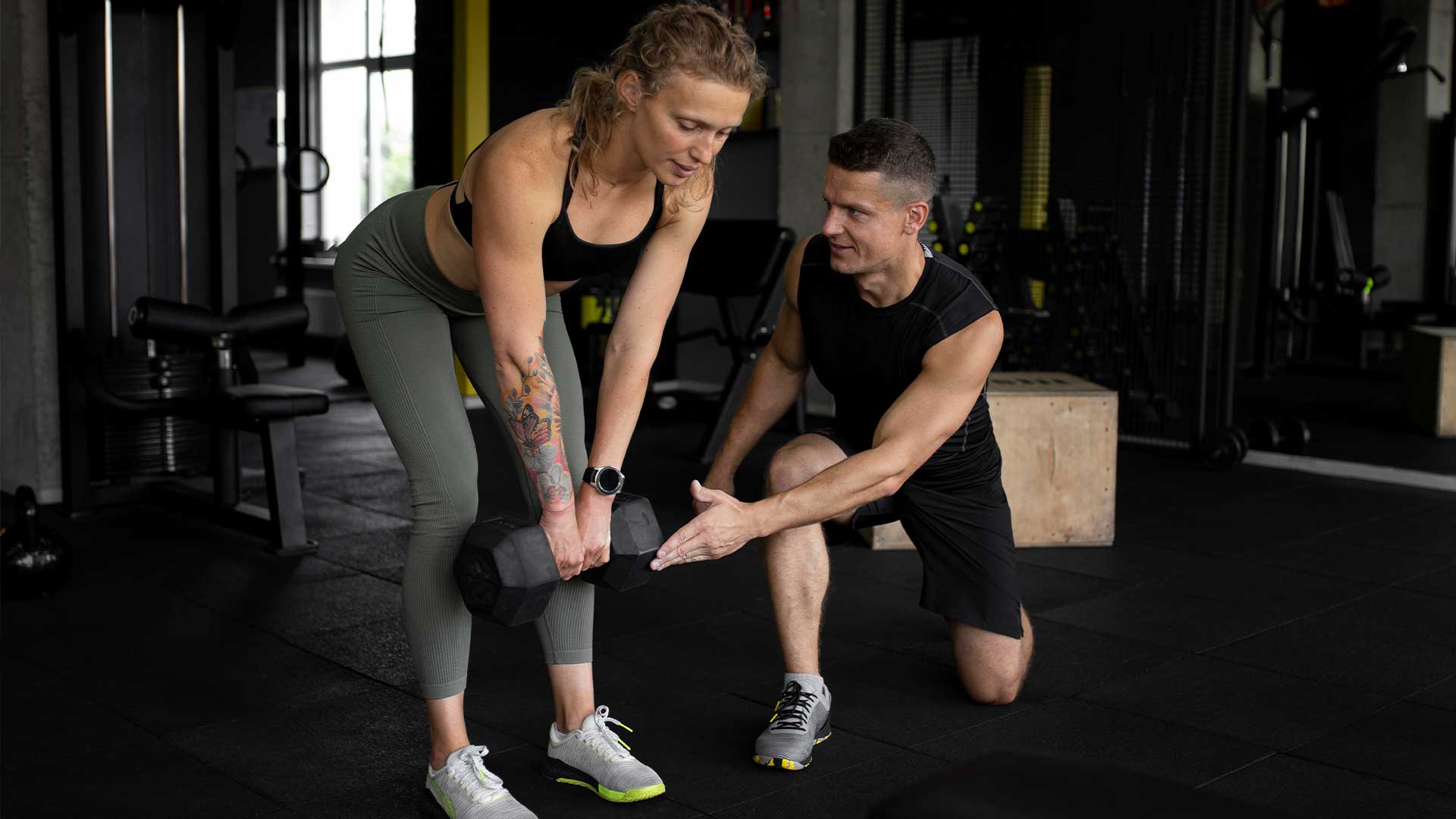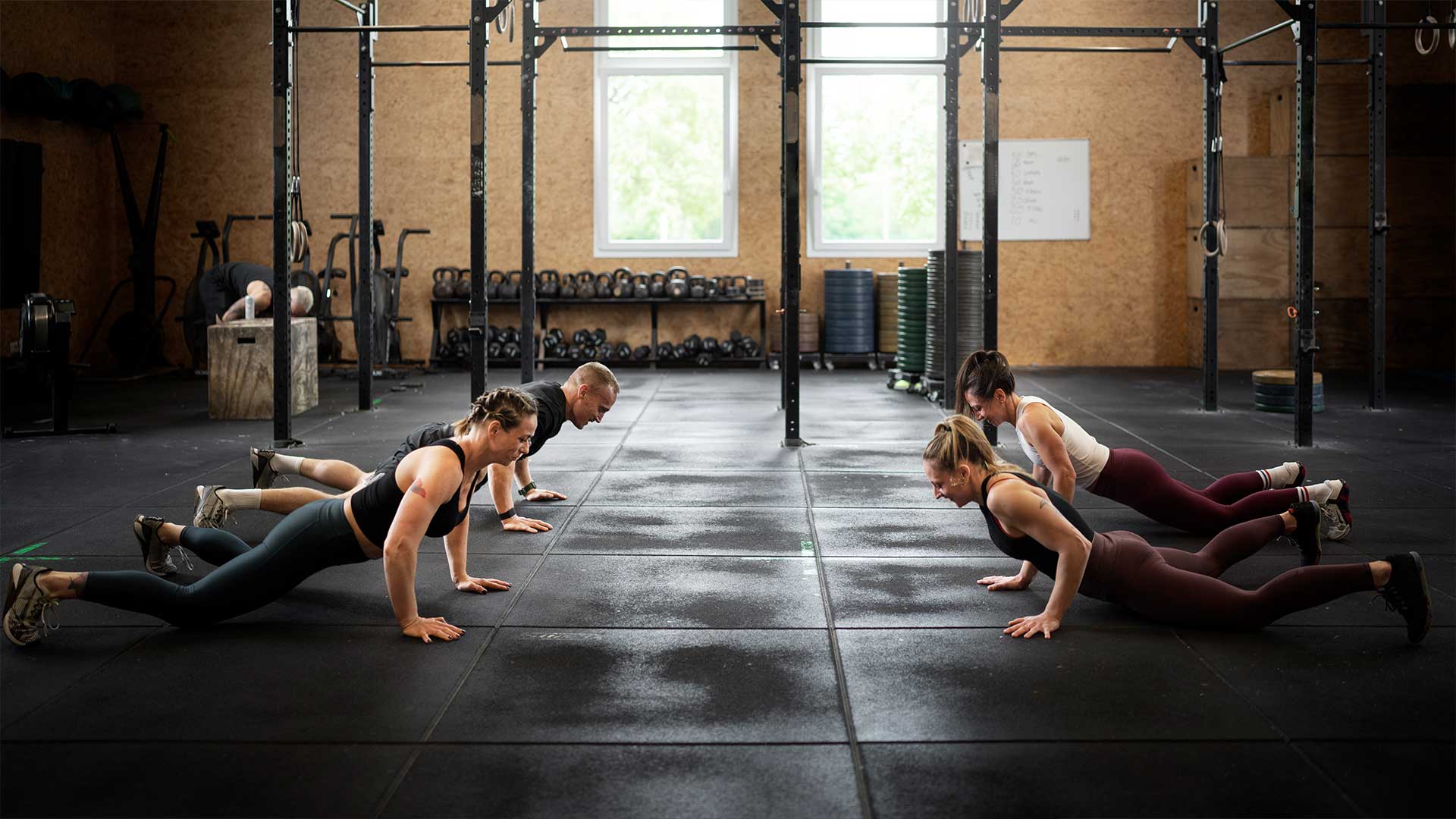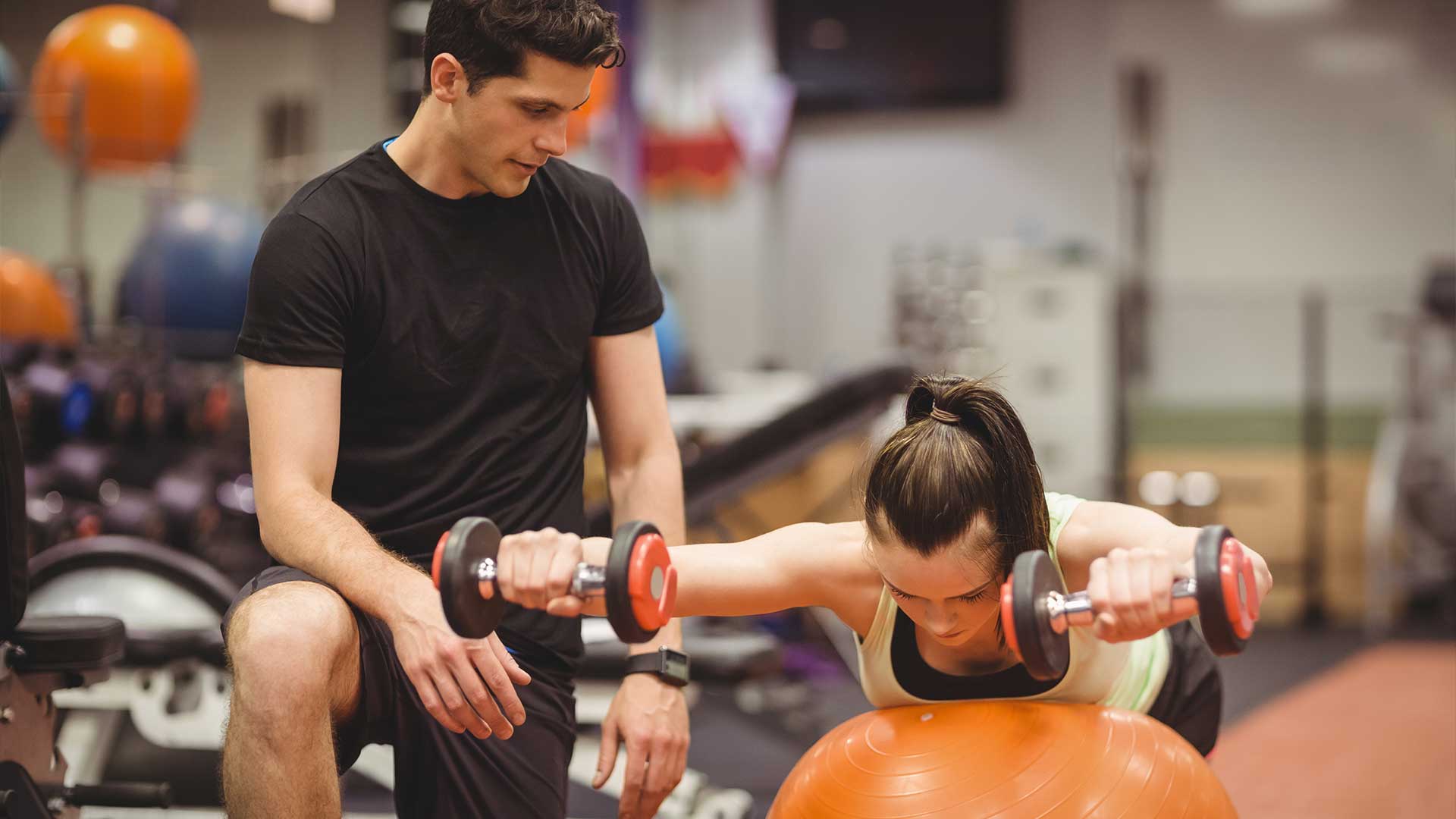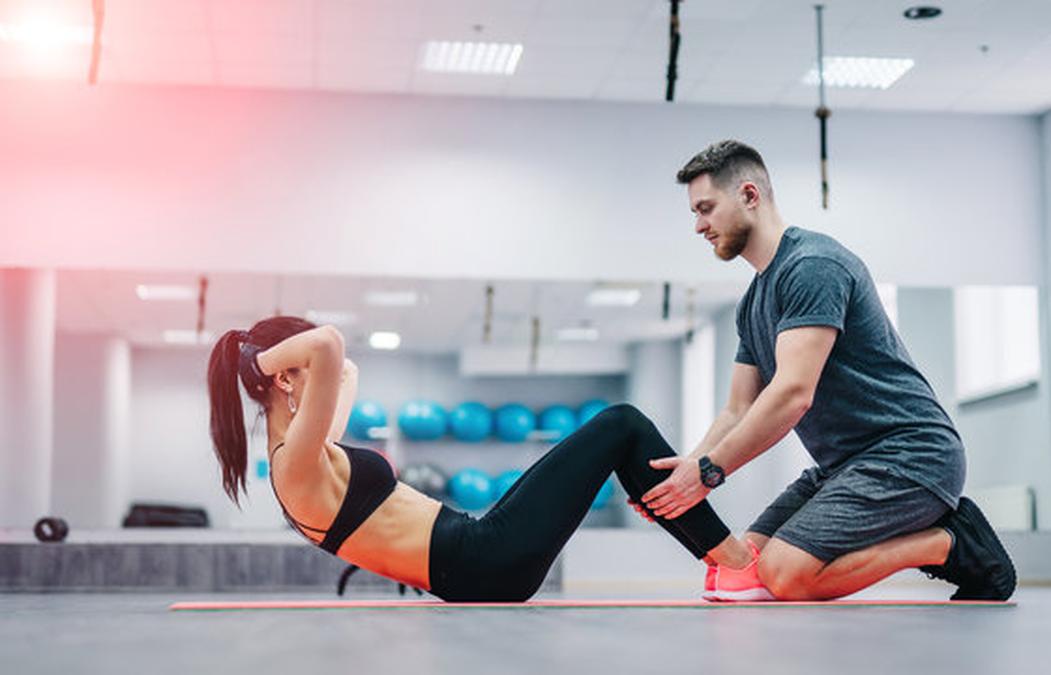| Type of Exercise | Benefits | Examples |
|---|---|---|
| Cardiovascular | Improves endurance, burns calories | Running, cycling, swimming |
| Strength-Training | Increases muscle mass, improves strength | Weightlifting, bodyweight exercises |
Starting a personal fitness program can be a daunting task, but the benefits of regular exercise are numerous. Regular exercise can improve your physical health, boost your mood, reduce stress levels, and increase your overall quality of life. However, many people struggle to start a fitness program due to various barriers such as lack of time, motivation, or knowledge of how to begin. In this article, we will provide a step-by-step guide to help you start your own personal fitness program.

Define Your Goals
The first step in starting a personal fitness program is to define your goals. Defining your goals is important because it gives you a clear direction to work towards. Goals can vary from weight loss, muscle building, or overall health improvement. To set effective goals, it’s important to make them SMART. SMART stands for Specific, Measurable, Achievable, Relevant, and Time-bound.
A specific goal would be “I want to lose 10 pounds in 3 months” rather than a vague goal such as “I want to lose weight.” Measurable goals allow you to track your progress, for example, “I want to be able to run a 5k in under 30 minutes.” Achievable goals are realistic and within your capabilities. Relevant goals are aligned with your overall fitness program. Time-bound goals have a clear deadline, such as “I want to increase my endurance by 10% in 6 weeks.”

Determine Your Fitness Level
Before starting any fitness program, it’s important to assess your fitness level. Assessing your fitness level allows you to set realistic goals and create a workout plan that is tailored to your needs. There are various methods for assessing fitness levels, including body composition, cardiovascular endurance, muscular strength, and flexibility.
Factors to consider when assessing your fitness level include your health history, lifestyle, and any injuries or medical conditions you may have. It’s important to consult with a healthcare professional before starting any fitness program, especially if you have any medical conditions or injuries.

Develop a Plan
Once you have established your goals and assessed your fitness level, the next step is to create a fitness plan. A fitness plan should be tailored to your goals and fitness level. It’s important to start slowly and gradually increase intensity to avoid injury and burnout.
A well-rounded fitness program should include both cardiovascular and strength-training exercises. Cardiovascular exercises such as running, cycling, or swimming can improve your overall endurance and help with weight loss. Strength-training exercises such as weightlifting or bodyweight exercises can increase muscle mass and improve overall strength.
It’s important to choose exercises that you enjoy and that align with your goals. Consider using apps, online resources, or a personal trainer for guidance.
Set a Schedule
Setting a schedule is essential to staying consistent with your fitness program. Set a workout schedule that works for you and your lifestyle. If you’re just starting, aim for three to four workouts per week and gradually increase the frequency as you get stronger.
Making exercise a habit takes time and effort. It’s important to find ways to make exercise enjoyable and to stay motivated. Consider finding an accountability partner or rewarding yourself for reaching milestones. Rest and recovery are also important components of a successful fitness program.
Monitor Your Progress
Tracking your progress is essential to staying motivated and making progress towards your goals. There are various methods for tracking progress, including measurements, weight, and how you feel after each workout. Celebrate your progress and learn from setbacks. Adjust your program based on progress and feedback.
Incorporate Healthy Eating Habits
A healthy diet is essential for achieving fitness goals. Nutrient-dense foods such as fruits, vegetables, lean protein, whole grains, and healthy fats should be included in your diet. Limit sugary and processed foods and beverages. Consider consulting with a registered dietitian for personalized nutrition advice.
Stay Consistent
Consistency is key to achieving fitness goals. It’s important to find strategies for staying motivated, such as setting short-term and long-term goals, rewarding progress, and finding an accountability partner. Common barriers to consistency include lack of time, motivation, and knowledge. Addressing these barriers can help you stay on track.
Seek Professional Help
If you’re struggling to start or maintain a fitness program, consider seeking professional help. A personal trainer, fitness coach, or healthcare professional can provide guidance and accountability. Professional help can also help you avoid injury and make progress towards your goals.
Conclusion
Starting a personal fitness program can be challenging, but the benefits are numerous. By defining your goals, assessing your fitness level, creating a plan, setting a schedule, monitoring your progress, incorporating healthy eating habits, staying consistent, and seeking professional help if needed, you can achieve your fitness goals. Remember to start slowly, stay motivated, and celebrate your progress along the way.
Common Questions
Who can benefit from starting a personal fitness program?
Anyone looking to improve their health and fitness levels.
What are the key components of a personal fitness program?
It includes exercise, nutrition, and goal-setting.
How can I stay motivated to stick to my fitness program?
Set realistic goals, track progress, and find a workout buddy.
What if I don’t have time to start a personal fitness program?
Prioritize your health by making small changes to your routine.
How long does it take to see results from a fitness program?
Results vary, but you may start seeing changes in a few weeks.
What if I’m not sure where to start with my fitness program?
Consult a fitness professional to create a tailored plan for you.











